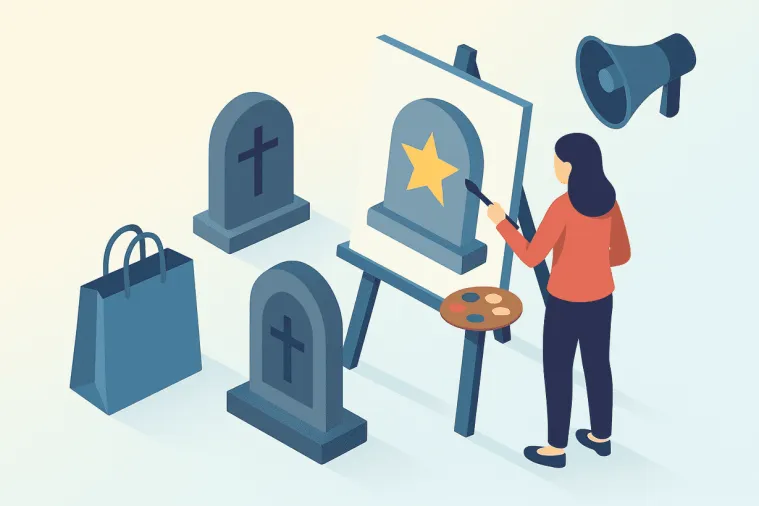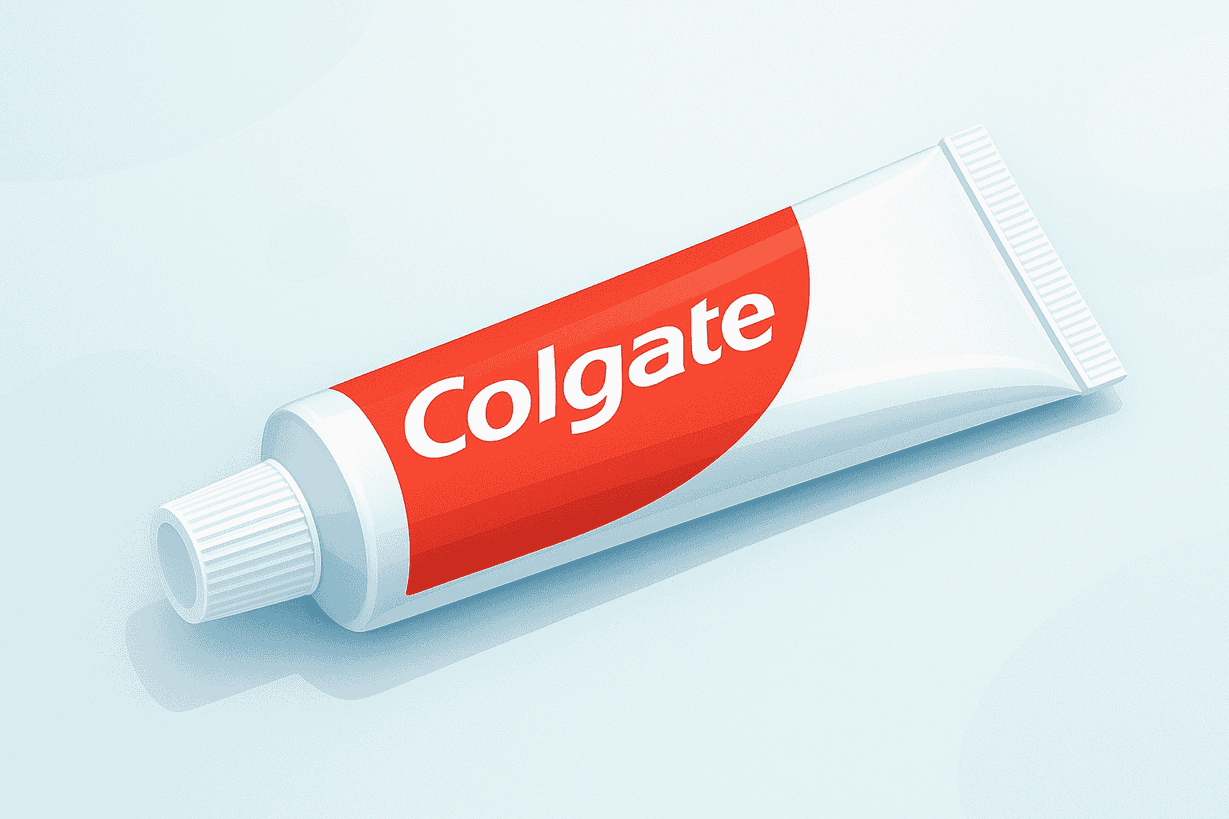The Death of Marketing: Art is the New Driver of Brand Building in 2025!

Close Your Eyes and Think: What Do You See?
Imagine closing your eyes and picturing a toothpaste. Chances are, you didn’t envision a generic white tube; instead, something familiar like Colgate likely came to mind. This isn’t random—it’s the result of decades of brand dominance. Legacy names haven’t just captured market share; they’ve hijacked our perception of entire product categories.
From adhesive bandages resembling Band-Aid to soft drinks evoking Coca-Cola, these brands have become synonymous with their products. But in 2025, the rules of branding are shifting. Consumerism has evolved from functionality to a representation of personality. The products you use now serve as yardsticks to judge your taste, personality, and even political affiliations.
Yet, while legacy brands hold on to their genericization, consumers no longer make buying decisions purely based on function or price. They’re drawn to stories—something most brands fail to deliver because they rely on data-driven marketing instead of art.

From Function to Feeling: How Consumers Buy with Their Hearts Now
In the past, consumers chose products based on utility and cost. Today, it’s about emotion, identity, and values. The toothpaste you choose isn’t just about cleaning teeth; it’s a statement about who you are.
Brands that fail to tell an interesting story fall flat. They’re missing the mark because storytelling is now essential. Consumers want brands that resonate on a deeper level—ones that reflect their unique selves. This shift means brands must evolve from mere sellers of goods to curators of experiences and creators of culture.
When Commerce and Creativity Were Friends: A Historical Deep Dive
Before branding became a corporate science, it was an art form. In the Renaissance era, wealthy patrons like the Medici family funded artists not just for beauty but for power, influence, and legacy. Michelangelo’s Sistine Chapel and Botticelli’s The Birth of Venus weren’t just masterpieces; they were tools for building influence and cementing legacies.
Fast forward to the Industrial Revolution, mass production demanded a shift to mass marketing, pushing art aside in favor of uniformity and scalability. By the mid-20th century, branding had become a numbers game, dominated by soulless terms like A/B testing and CRO. Yet, even then, the brands that thrived never abandoned art.
How Modern Brands Are Rediscovering the Magic of Artistic Collaboration
Absolut Vodka’s partnership with artists like Andy Warhol and Keith Haring transformed a simple bottle into a cultural icon. Coca-Cola leaned into pop art to become a symbol of American culture, while Chanel collaborated with Salvador Dalí to turn their perfume bottle into an art piece. These examples prove that aligning with art can elevate a brand beyond mere commerce.
Today’s brands must follow suit, not just by collaborating with artists but by allowing them creative control. This approach injects authenticity and opens up new perspectives, audiences, and narratives for the brand.
Build Your Brand Like an Artist: A Step-by-Step Guide
Brand identity is no longer an afterthought; it’s the product itself. Emerging brands should invest in their branding as if it were a piece of art—intentional, detailed, and meaningful. Look to brands like Jacquemus, which turned its founder’s personal vision into a global phenomenon through Provencal nostalgia and surrealism.
Prioritize shared values over virality. Create experiences that deepen connections—whether through artist pop-ups or live design sessions. Spotlight your community as co-creators, not just consumers, by featuring customer-generated content in limited drops.
From Product to Philosophy: How Brands Become Beliefs
Nike isn’t just a sneaker company—it’s an ideology. Apple is more than tech; it’s a belief system. Supreme is streetwear with an underground economy. These brands didn’t happen overnight; they started by borrowing from the artistic world.
In 2025, brands that integrate artistic thinking from day one will redefine industries. Visual storytelling, cultural alignment, and community-building are no longer optional—they’re essential.
Real-Life Success Stories: How Art Transformed These Brands
Jacquemus’s founder treated his brand as an artistic extension of his personal world, resulting in a global phenomenon without needing a logo for recognition. Glossier leveraged customer-generated content to create a cult following, while Aime Leon Dore made every collection feel like an invitation into New York’s creative underground.
These brands show that success isn’t just about reach but about building meaningful connections and communities.
The Art of Storytelling in 2025: Why It’s the Key to Success
In 2025, brands that integrate artistic thinking from day one will redefine industries. Visual storytelling, cultural alignment, and community-building are no longer optional—they’re essential.
Branding is about more than visuals; it’s about world-building. The more intentional you are in the early stages, the easier it becomes to carve out a cultural niche that transcends product categories.
Ready to Rethink Your Approach? Here’s How to Start
Prioritize shared values over virality. Create experiences that deepen connections—artist pop-ups, live design sessions, immersive brand activations. Build editorial storytelling around your ethos and highlight your community as co-creators.
By inviting artists to contribute without creative restraints, you discover new perspectives and narratives for your brand. This approach turns customers into insiders and fosters a sense of belonging.
Beyond Transactions: How Art Makes Brands Matter
Art isn’t a luxury—it’s the missing piece in modern branding. By embracing art, brands resonate deeply and create lasting cultural impact. The future belongs to those who see branding as an art form, not just a numbers game.
As you rethink your brand strategy, remember that art is more than decoration; it’s the soul of your brand. When you align with artists, you don’t just sell products—you create movements.

Antriksh Tewari
Head of Digital Marketing
Antriksh is a seasoned Head of Digital Marketing with 10+ years of experience who drives growth across digital, technology, BPO, and back-office operations. With deep expertise in analytics, marketing strategy, and emerging technologies, he specializes in building proof-of-concept solutions and transforming them into scalable services and in-house capabilities. Passionate about data-driven innovation, Antriksh focuses on uncovering new opportunities that deliver measurable business impact.
